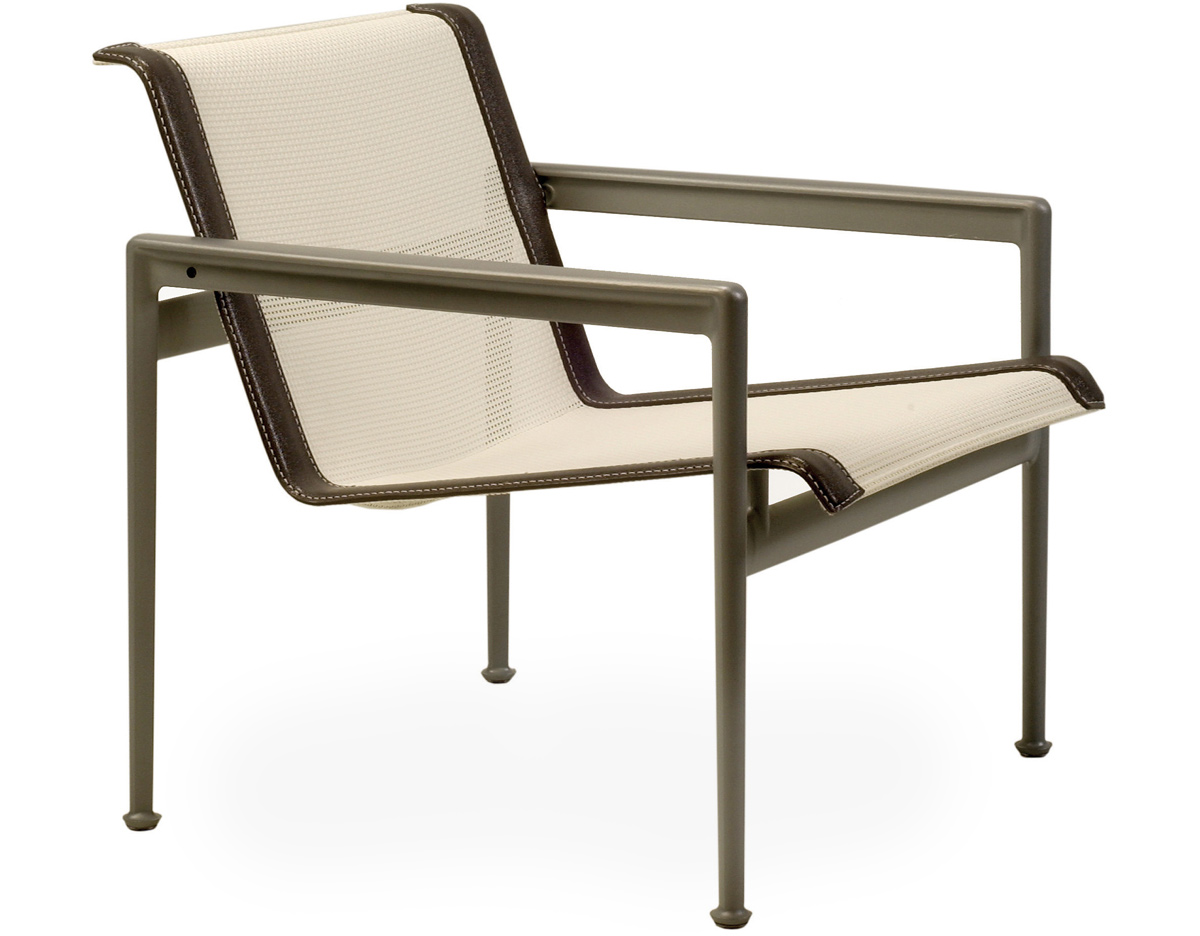The Schultz 1966 Lounge Chair


The Schultz 1966 Lounge Chair, a timeless design icon, exemplifies the fusion of form and function that defines mid-century modernism. Its enduring popularity stems from its exceptional comfort, elegant aesthetic, and enduring craftsmanship.
Design Principles
The Schultz 1966 Lounge Chair embodies the core principles of mid-century modern design, prioritizing functionality, simplicity, and a focus on the user’s experience. The chair’s sleek, streamlined form, characterized by its low profile and gently sloping backrest, prioritizes comfort and relaxation. Its minimal ornamentation and emphasis on clean lines contribute to its timeless appeal.
Historical Context and Influences
The Schultz 1966 Lounge Chair emerged during a period of significant cultural and design shifts. The post-World War II era witnessed a renewed focus on modernism, with designers seeking to create functional and aesthetically pleasing objects that reflected the optimism and progress of the time. The chair’s design was heavily influenced by the work of renowned architects and designers such as Mies van der Rohe, Le Corbusier, and Eero Saarinen, who championed simplicity, functionality, and the use of innovative materials.
Materials and Craftsmanship, Schultz 1966 lounge chair
The Schultz 1966 Lounge Chair is a testament to the meticulous craftsmanship that characterized mid-century furniture making. The chair’s frame is constructed from solid walnut, renowned for its durability, strength, and beautiful grain patterns. The chair’s upholstery is crafted from high-quality leather, chosen for its luxurious feel, durability, and ability to age gracefully. The meticulous attention to detail in the chair’s construction, from the precise joinery of the frame to the careful stitching of the upholstery, ensures its enduring quality and aesthetic appeal.
Unique Features and Evolution
The Schultz 1966 Lounge Chair features several distinctive elements that contribute to its comfort and aesthetic appeal. Its low profile and gently sloping backrest provide optimal support for the body, while its wide, padded arms offer a sense of enveloping comfort. The chair’s unique design allows it to adapt to a variety of spaces, from formal living rooms to more casual settings. Over time, the chair has been reinterpreted and adapted to suit contemporary tastes, with variations in materials, finishes, and upholstery options.
The Schultz 1966 Lounge Chair


The Schultz 1966 Lounge Chair, designed by Danish architect and furniture designer, Poul Schultz, is a timeless masterpiece that embodies both form and function. It was first introduced in 1966, and it has since become a beloved piece of furniture, renowned for its comfort, elegance, and enduring appeal.
Functionality and Use
The Schultz 1966 Lounge Chair was designed to provide a comfortable and inviting seating experience. Its primary function is to offer a place for relaxation and contemplation. The chair’s ergonomic design ensures proper support for the body, making it suitable for long periods of sitting.
Comfort and Ergonomic Qualities
The chair’s comfort stems from its carefully crafted design elements.
- The chair’s wide, padded seat and backrest provide ample support for the body, distributing weight evenly and reducing pressure points.
- The chair’s high back and armrests offer additional support for the head, neck, and arms, promoting a sense of relaxation and well-being.
- The chair’s slightly reclined angle allows for a comfortable and natural posture, reducing strain on the spine.
- The chair’s carefully chosen materials, such as high-quality leather or fabric upholstery, contribute to its overall comfort and durability.
Suitability for Different Settings and Environments
The Schultz 1966 Lounge Chair’s versatility makes it suitable for a wide range of settings and environments.
- It can be used in living rooms, bedrooms, libraries, offices, and even hotel lobbies.
- Its timeless design and neutral color palette allow it to seamlessly blend with different interior styles.
- The chair’s durability and ease of maintenance make it suitable for both residential and commercial use.
Historical Use
The Schultz 1966 Lounge Chair has been used in various settings throughout its history.
- It has been featured in homes, offices, and public spaces around the world.
- The chair has also been used in film and television productions, becoming a recognizable symbol of sophistication and comfort.
- Its enduring popularity has made it a sought-after collectible among design enthusiasts.
The Schultz 1966 lounge chair, with its distinctive design and emphasis on comfort, stands as a testament to mid-century modern design. While the Schultz chair’s design focuses on a sleek, continuous form, a related innovation in lounge chair design emerged with the folding lounge chair with face hole , prioritizing portability and adaptability.
Both designs, in their own ways, highlight the evolving needs and desires of individuals seeking relaxation and comfort in their living spaces.
The Schultz 1966 Lounge Chair, a design icon of the mid-century modern era, embodies the minimalist aesthetic of the time. Its sleek lines and functional form have earned it a place in design history, alongside other notable mid-century pieces such as the Milo Baughman Lounge Chair and Ottoman.
Both pieces showcase a commitment to clean lines and comfort, reflecting the design sensibilities of the era. The Schultz 1966 Lounge Chair, with its distinctive silhouette and meticulous craftsmanship, continues to inspire contemporary designers, serving as a testament to the enduring appeal of mid-century modern design.
